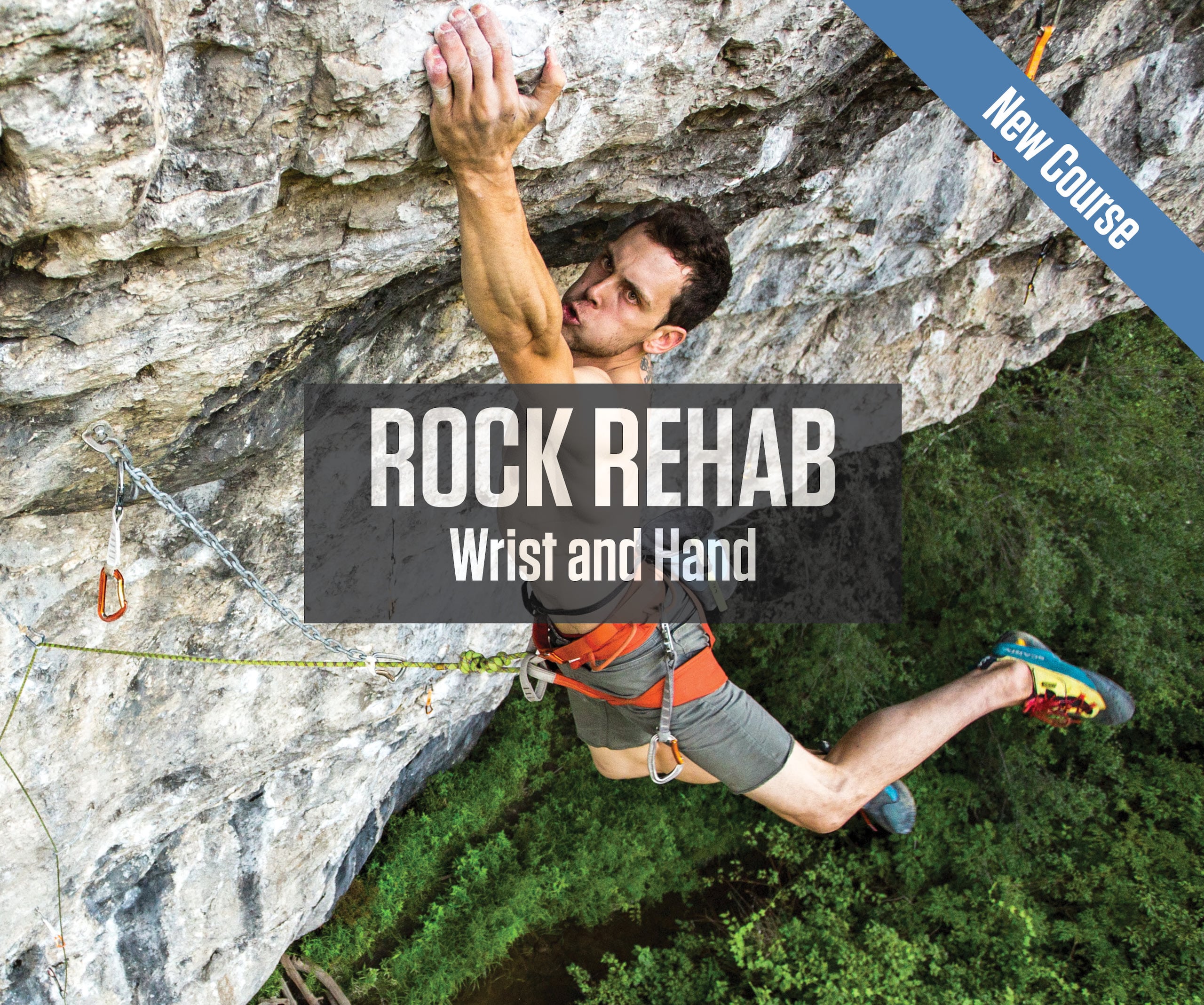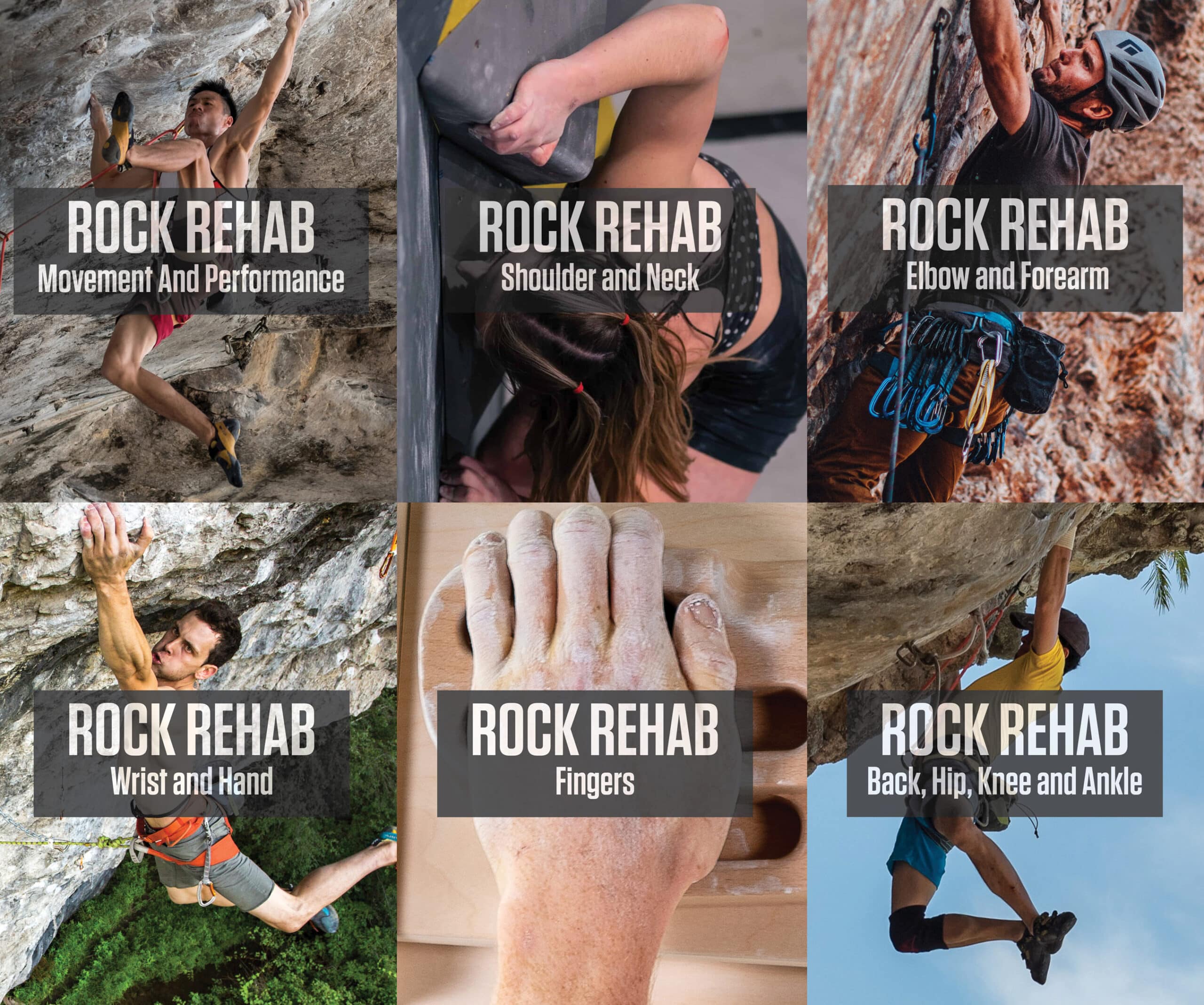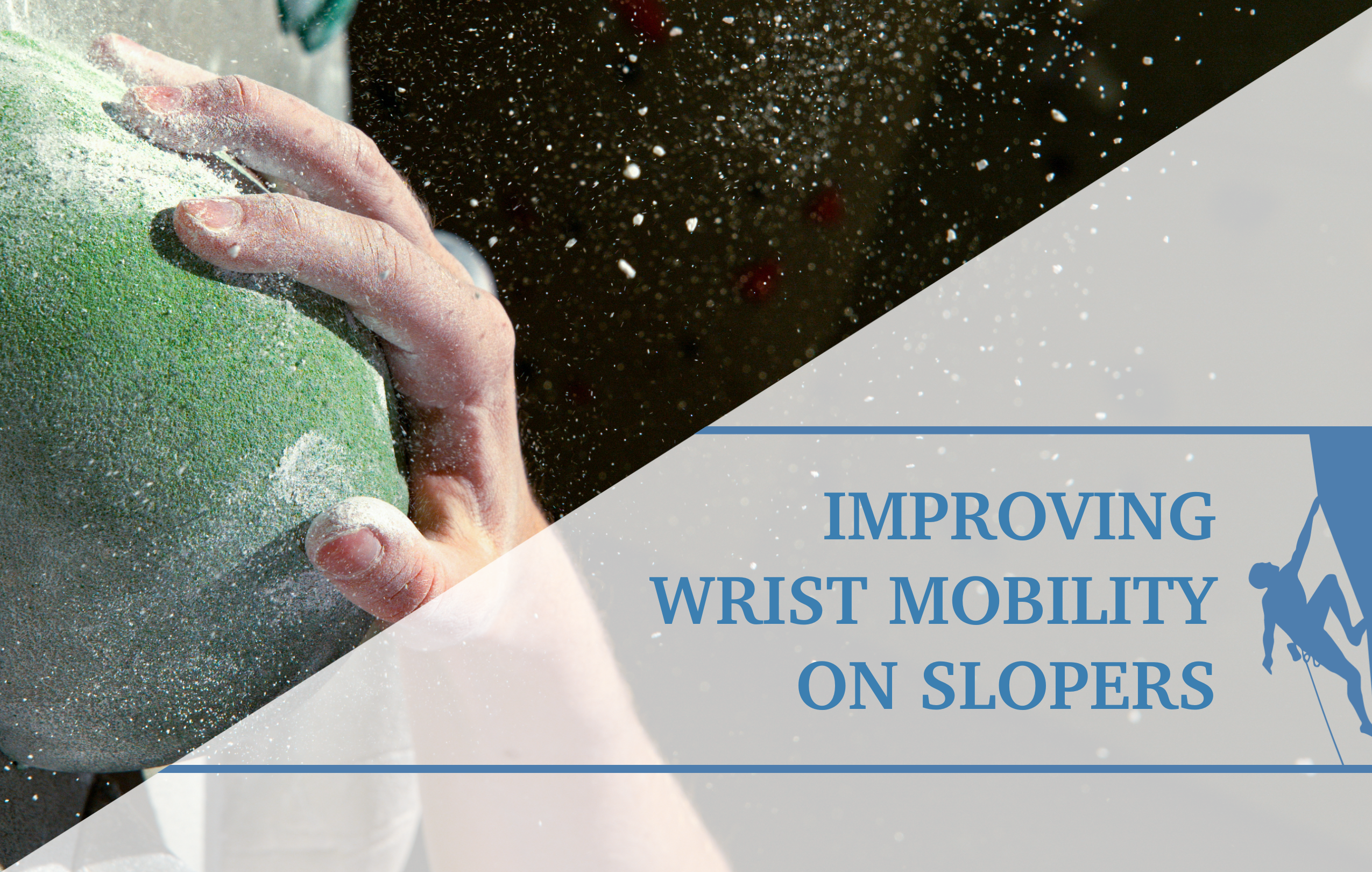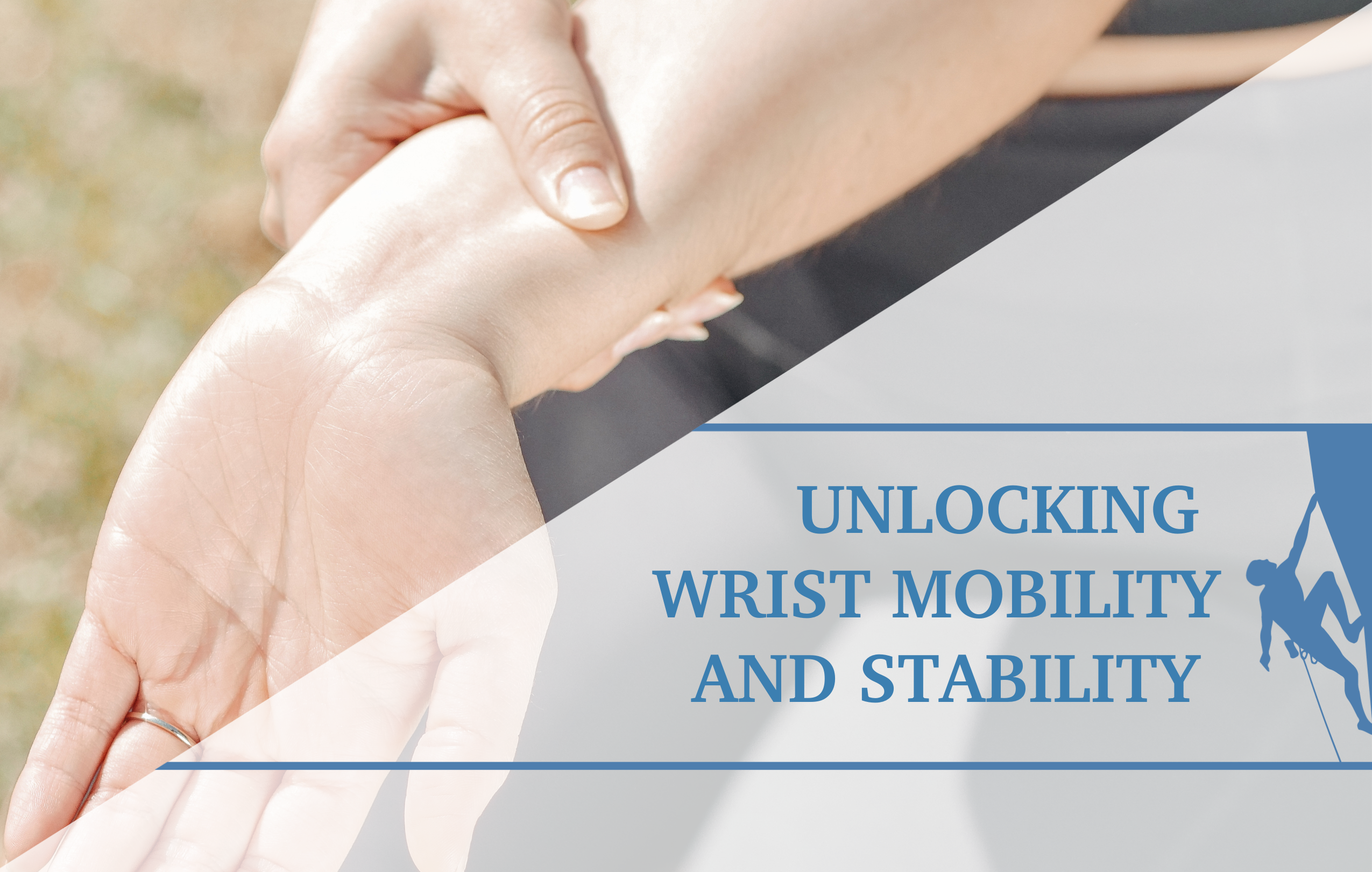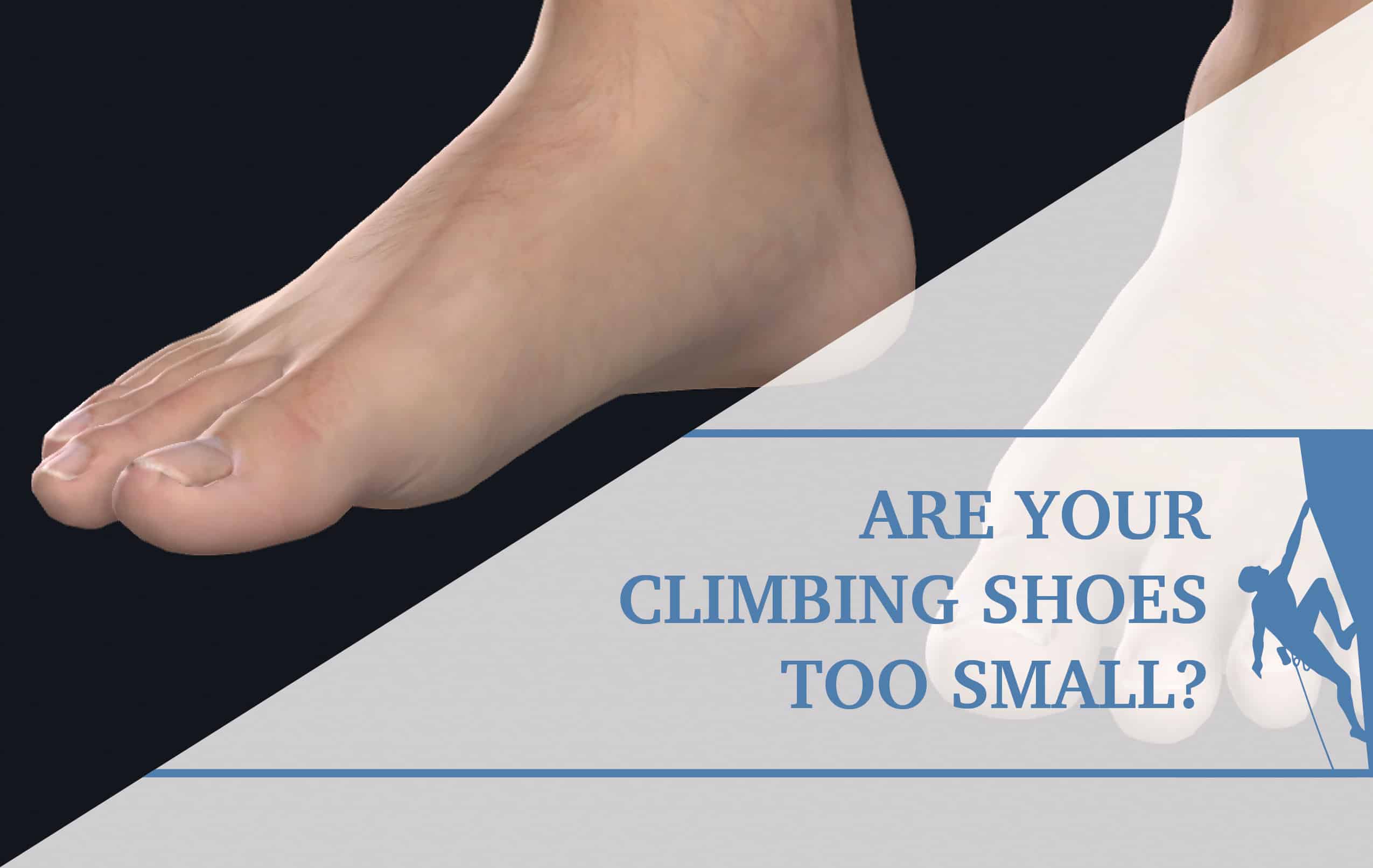Climber Wrist Stability and Sensory Motor Control Training
I was seeing a rock climber, she was a 22-year-old female, and she reported after a long session of bouldering that she would have wrist instability, as well as pain. I assessed her wrist mobility, and it was hypermobile, meaning it moved too much. In addition, I assessed her joint position error testing at the wrist joint. I bascially took a laser, connected it to her wrist and check to see how well she kept on a target. What I noticed was that there was greater than a 4.5 degrees difference with her affected wrist compared to her non-affected wrist. I decided that she could improve from joint position training. To motivate her, I came up with a really interesting idea.
The Idea
My idea included using a laser, a binder clip, and a wrist sweatband. To construct this contraption, attach the laser to the sweatband using the binder clip. Then fold the tabs of the binder clip, so they are facing down.

Next, attach the wristband to the climber’s hand and grasp a portable hang board connected to a loading pin with weight. Stand about 90 centimeters away from a target and slowly progress the laser up the target, making sure to track the outline identically.
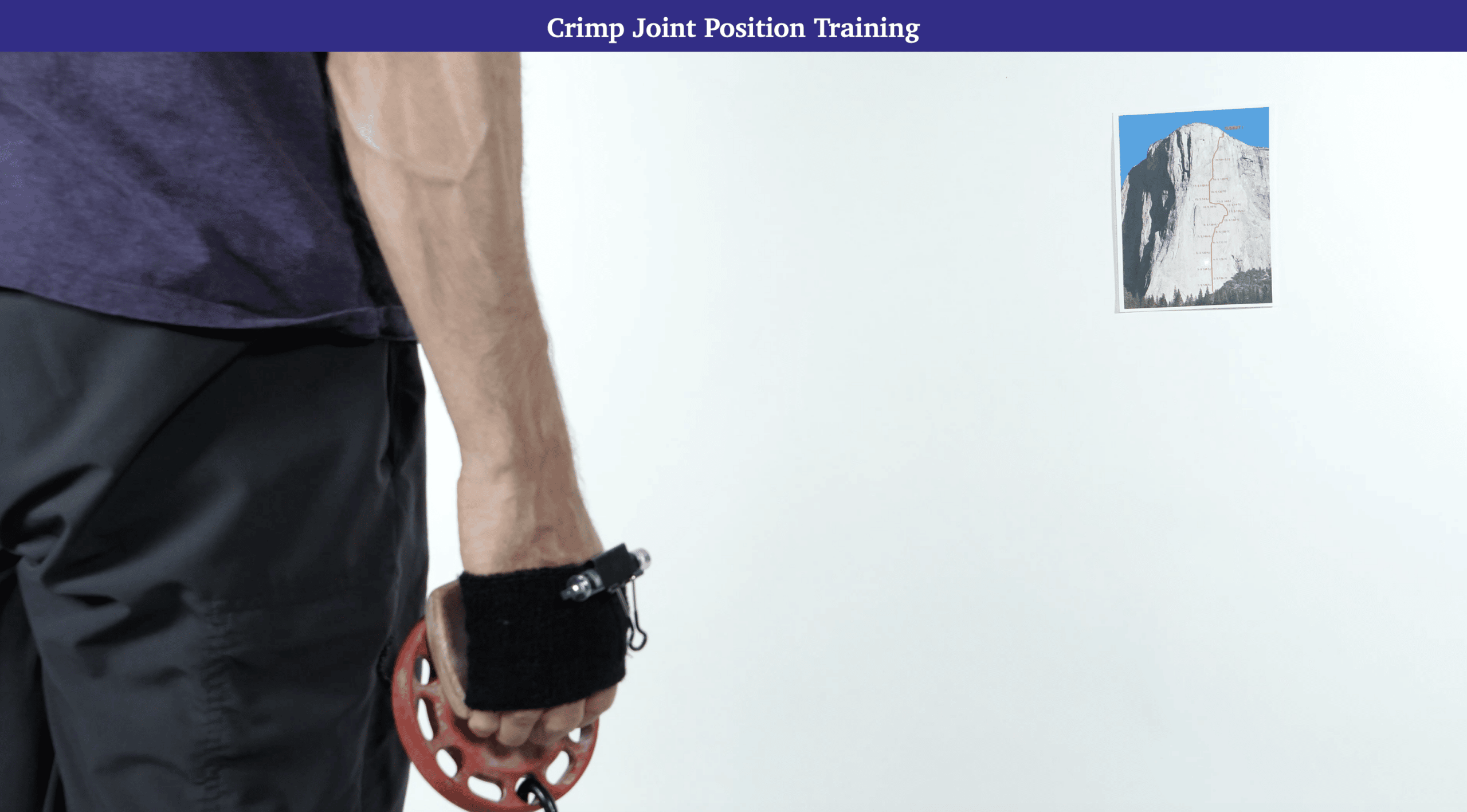
As you can see in the image above, I had an image of the Dawn Wall route that she needed to track with the laser. Now that route is not something that was feasible within her ability, not to mention it not being a boulder route, it was a fun way to illustrate a line that she had to track and follow with a laser to improve her sensory-motor control at the wrist. This is a great way that you can engage climbers in some of their training, as well as their rehabilitation exercises.
Let’s consider another case. This case involves someone who had weight-bearing pain. Anytime they would go into a push-up or a plank position, they would feel some instability, some discomfort, and general pain in their wrist region. I performed a TFC weight-bearing test, and it was positive. With this result, I wanted to find ways to load and unload the ulna side of their wrist while they were in a weight-bearing position. So, let’s discuss how this exercise works.
The Training Exercise
To start, attach a laser wristband to the hand and set a target 90 centimeters away from the climber. Then have the climber bear weight into a parallette. Right before the onset of their pain, have the climber trace the laser slowly up the route that’s across from them, focusing on the accuracy and precision of the line.
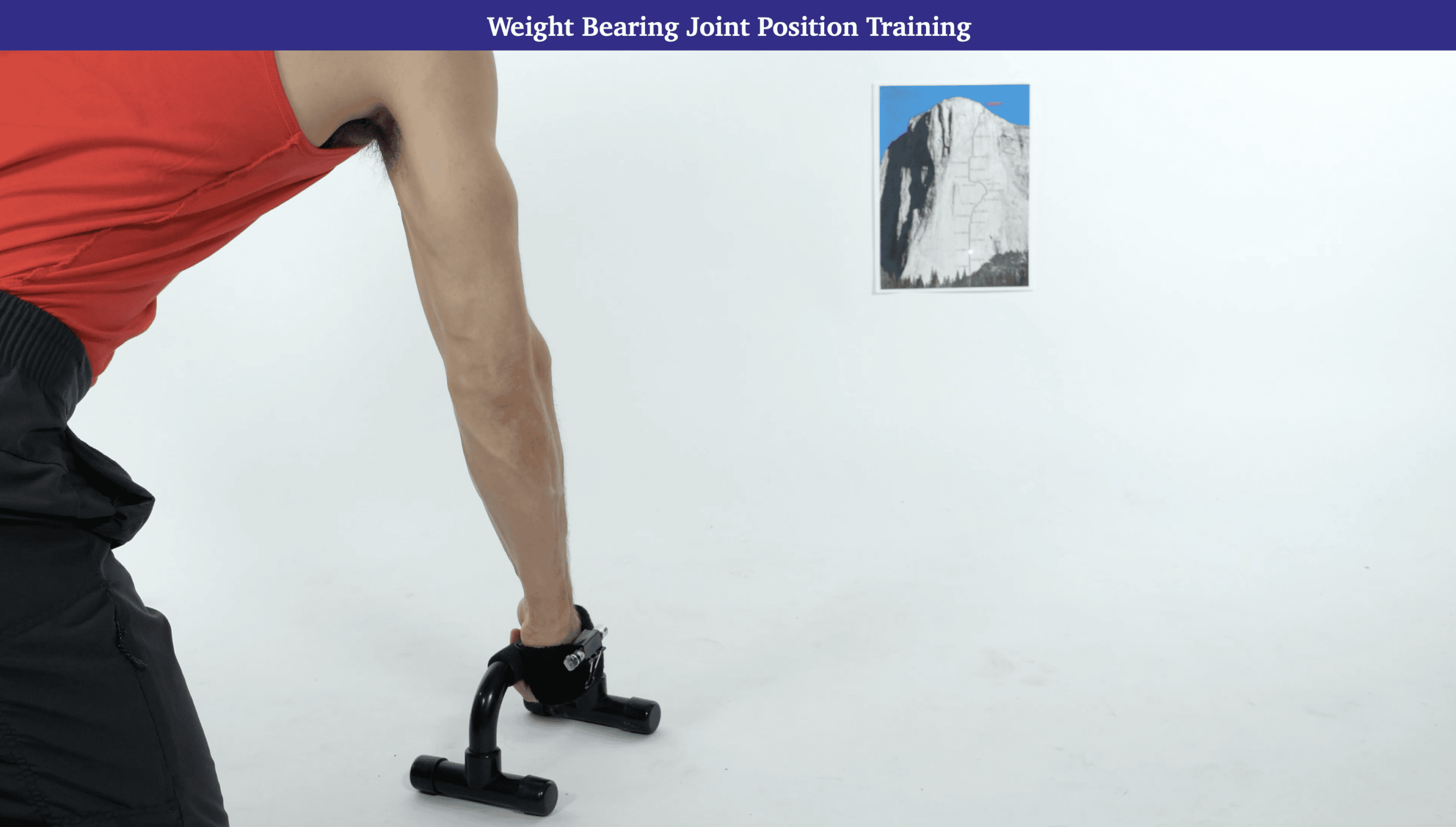
Since this climber likely had a TFC sprain and weight-bearing was uncomfortable, using the laser to offset their weight-bearing surfaces is an interesting idea. By having the laser progress up the route, the climber is essentially going into radial deviation, thus offloading the ulna side of the wrist when they’re in this weight-bearing position. It’s a fun and engaging way to work on sensory-motor control, as well as wrist stability. This exercise can also be performed with some taping or bracing at the same time.
Below is another great way that you can improve wrist sensorimotor control and stability if you don’t have a laser. All you need is a pan and ball to make it work!
Courses for Medical Providers and Coaches
Want to learn more ways to assess, diagnose and treat climbing shoulder and neck injuries? Check out the online course below to expand your knowledge and skillset in the management of rock climbing injuries. Click the course to learn more!
About The Author
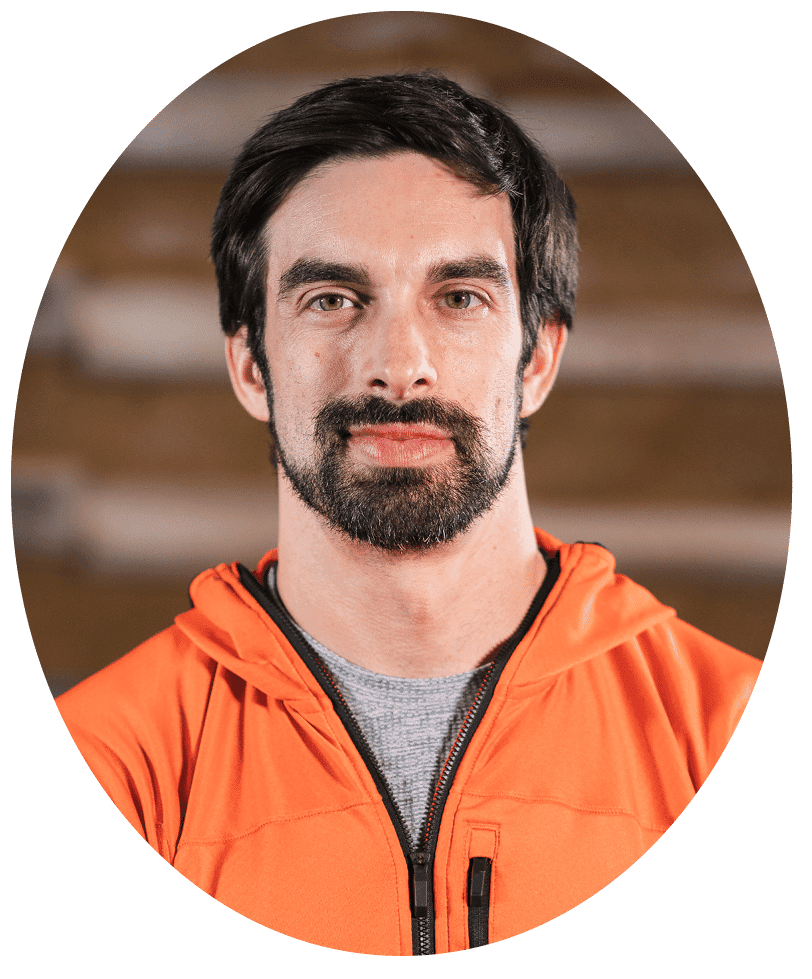
Jared Vagy is a doctor of physical therapy who specializes in treating climbing injuries. He is the author of the Amazon #1 best-seller “Climb Injury-Free,” teaches Climbing Injury Professional Education for Medical Providers, and is the developer of the Rock Rehab Protocols. He has published numerous articles on injury prevention and lectures internationally. Dr. Vagy is on the teaching faculty at the University of Southern California, one of the top doctor of physical therapy programs in the USA. He is a board-certified orthopedic clinical specialist. He is passionate about climbing and enjoys working with climbers of all ability levels, ranging from novice climbers to the top professional climbers in the world.
For more education, check out the Instagram page @theclimbingdoctor
- Disclaimer – The content here is designed for information & education purposes only and the content is not intended for medical advice.

